OpenAI’s long-rumored hardware project, led in partnership with renowned designer Jony Ive, is reportedly facing significant internal challenges as the company attempts to merge cutting-edge artificial intelligence with a sleek, minimalist design ethos. While the project has generated intense curiosity across the tech industry, insiders say that major technical and conceptual hurdles are slowing its progress — threatening to delay what could have been one of the most ambitious consumer AI launches in recent memory.
The device, described by some sources as a “personal AI companion”, is being designed to be less like a smartphone and more like an ambient computing assistant — an object that blends seamlessly into daily life. But bringing that vision to reality has proven far more difficult than anticipated.
A Revolutionary Idea Meets Real-World Limitations
The concept behind OpenAI’s new gadget is bold: an always-available AI interface that doesn’t rely on traditional screens, apps, or notifications. Instead, it would interact through voice, gestures, and contextual awareness, responding naturally to a user’s surroundings and needs.
However, such an ambitious design demands enormous computing power, exceptional responsiveness, and flawless data security — areas where the project is struggling to find balance.
- Compute Constraints: OpenAI already faces major infrastructure challenges in scaling its large language models for ChatGPT users. Extending those capabilities to a portable device that functions in real time has introduced substantial strain on compute availability.
- Software Integration: The hardware must be capable of interpreting voice commands, visual cues, and environmental data simultaneously — a level of multimodal understanding that remains on the cutting edge of AI research.
- Latency and Connectivity: For a device meant to feel instant and natural, delays of even a fraction of a second can ruin the illusion of intelligence. Maintaining that responsiveness, especially if dependent on cloud servers, has proven technically demanding.
A former engineer close to the project described the challenge bluntly: “We’re trying to pack a supercomputer into your pocket and make it act like your friend — without it feeling invasive. That’s not something you can just ship in a year.”
The Personality Problem
Beyond hardware constraints, OpenAI and Jony Ive’s design teams are also grappling with the psychological and emotional dimensions of human-AI interaction. How should the device sound? Should it have a personality, or remain neutral? Should it use humor?
Developers are said to be testing different tones and speaking styles — from calm and empathetic to energetic and witty — but each approach raises new questions. Too much warmth could make users uncomfortable; too little could make the AI seem robotic and unhelpful.
Jony Ive’s team reportedly wants the experience to feel “human, but not humanlike.” The challenge lies in creating a balance — a voice that’s friendly and intelligent but not uncanny or manipulative. This aspect, insiders say, has led to extensive debate within the team.
Privacy at the Core of Design
An even greater concern involves data privacy. Because the device will likely rely on microphones and possibly cameras to interpret user intent, privacy protections must be airtight. OpenAI cannot afford to repeat the missteps that have plagued earlier voice-assistant platforms, where unclear data retention policies sparked backlash.
Design proposals include on-device processing for sensitive audio, user-controlled activation settings, and transparent privacy dashboards that show what data the AI captures and why. These systems, however, increase hardware complexity and power demands — compounding the project’s engineering woes.
The company’s leadership reportedly views privacy as “non-negotiable,” even if it delays development or reduces performance.
Strategic Importance for OpenAI
This device is not just another gadget; it represents OpenAI’s attempt to extend its influence beyond software. The company’s leadership envisions a hardware ecosystem where its AI models become integral to daily life — a direct competitor to Apple’s Siri, Google Assistant, and emerging AI wearables.
If successful, the project could mark the birth of a new product category: devices built entirely around AI companionship, not productivity or entertainment. It would also give OpenAI a new source of revenue beyond subscription services and enterprise licensing.
However, failure would carry reputational risk. Delays, flawed execution, or privacy missteps could undermine investor confidence and open the door for competitors like Anthropic or Google DeepMind to dominate the consumer AI hardware space.
Jony Ive’s Design Vision
Jony Ive, the legendary designer behind Apple’s iPhone, iMac, and Apple Watch, is reportedly driving the industrial design direction. True to his minimalist philosophy, the device is said to favor simple materials, organic curves, and subtle indicators over flashy displays or buttons.
Ive’s studio, LoveFrom, has worked closely with OpenAI to craft what he described in earlier interviews as “a humane technology object — one that feels natural, personal, and emotionally resonant.”
This design ambition, however, collides with the technical reality of running large AI models in small spaces. Shrinking sensors, cooling systems, and processors into a device that still feels elegant is proving to be one of the toughest design challenges Ive has faced since leaving Apple.
A Project Shrouded in Secrecy
Despite growing leaks, OpenAI has remained tight-lipped about official details — including the device’s name, specifications, and release timeline. Insiders suggest the project’s secrecy stems from both competitive concerns and uncertainty about the final form factor.
There are hints that prototypes exist in multiple shapes — from a palm-sized wearable to a tabletop assistant — though it remains unclear which design will move into production. Early testing units reportedly emphasize voice interaction and subtle LED cues rather than screens.
While some reports hinted at a potential 2026 debut, sources now suggest that the timeline could extend further as the teams attempt to overcome current obstacles.
Industry and Investor Reaction
Within the broader tech community, anticipation remains high. Industry analysts describe the OpenAI–Ive partnership as a “collision of software genius and design artistry,” capable of producing a device that could reshape human-computer interaction.
Yet investors are wary. The cost of developing a hardware platform from scratch — including custom chips, distribution networks, and post-launch support — could run into the billions. Given the existing compute shortages and regulatory scrutiny surrounding AI, OpenAI’s path forward looks anything but smooth.
Still, many see this project as a defining moment for the AI era — a chance to determine whether artificial intelligence can transcend screens and apps, embedding itself seamlessly into everyday life.
The Road Ahead
For now, OpenAI and Jony Ive’s teams are refining prototypes and reworking designs as they try to bridge the gap between visionary ideals and practical engineering. Whether this secretive AI device will eventually redefine personal technology or become another high-profile experiment remains to be seen.
What’s clear is that OpenAI’s push into hardware marks the next frontier in artificial intelligence — a test of whether machines can not only understand human language, but also coexist naturally in the physical world.
As the race to build the “AI companion of the future” intensifies, the world watches closely — waiting to see if OpenAI can once again deliver innovation that reshapes how we live, work, and interact with technology.

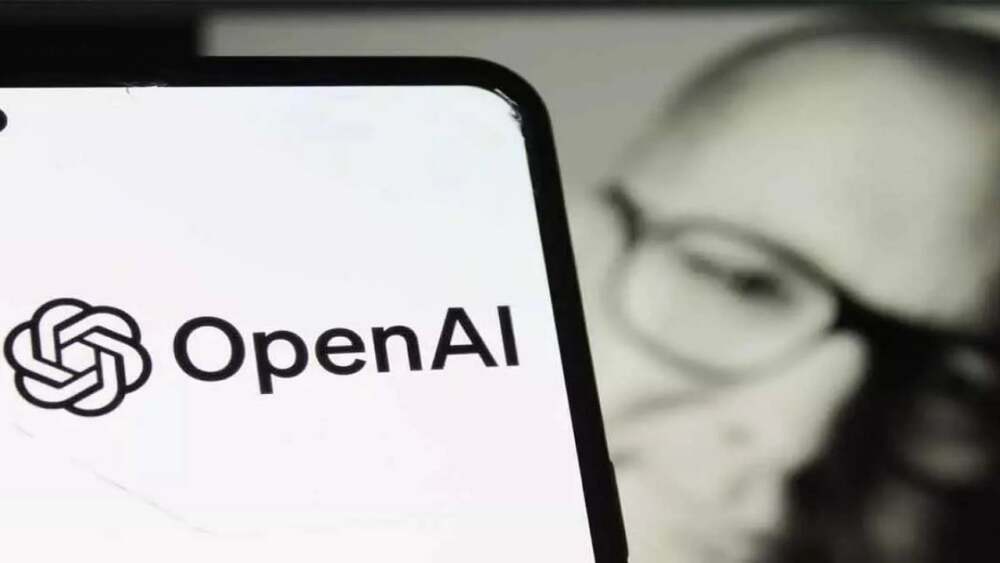

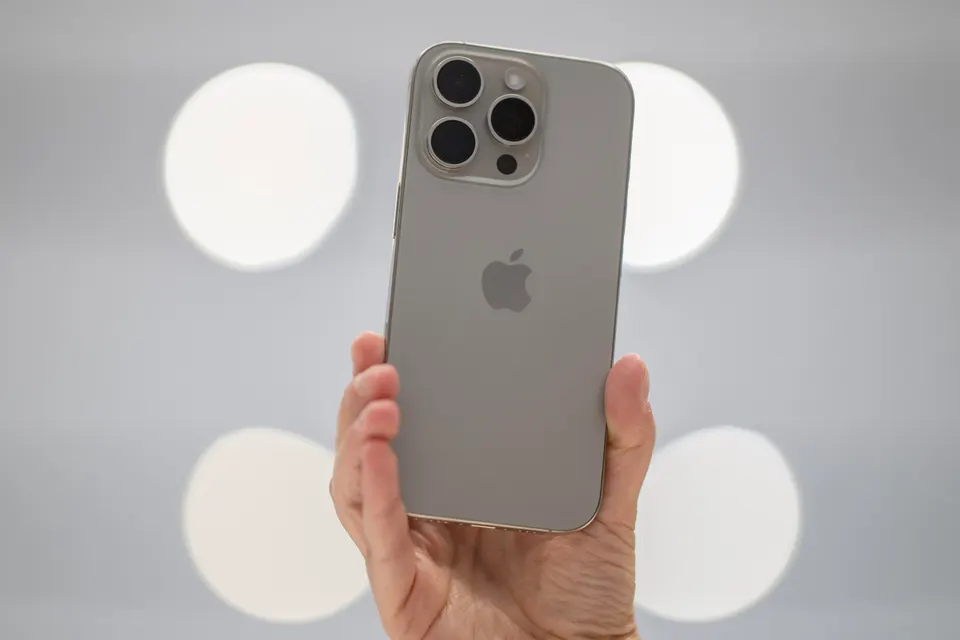
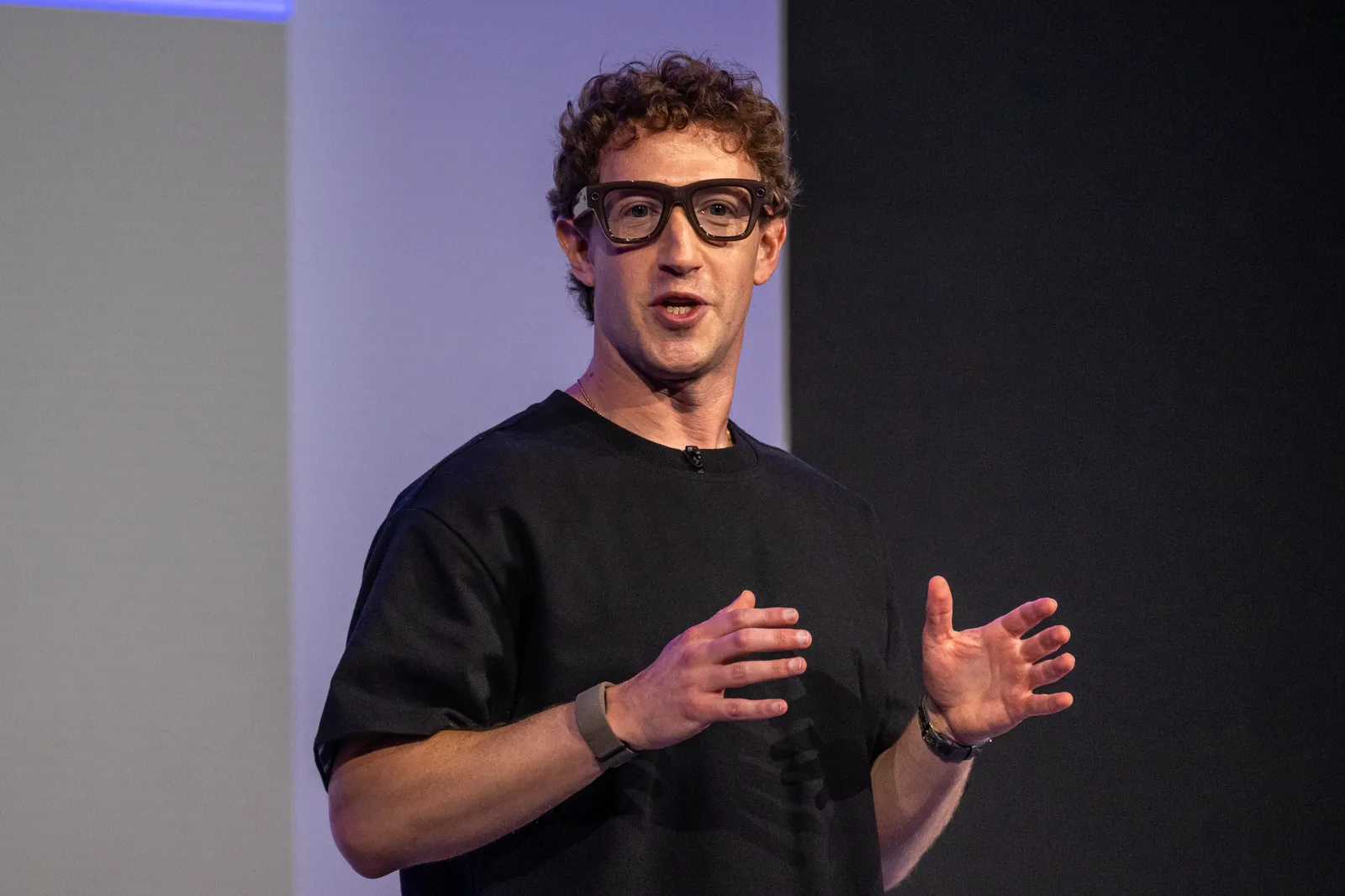
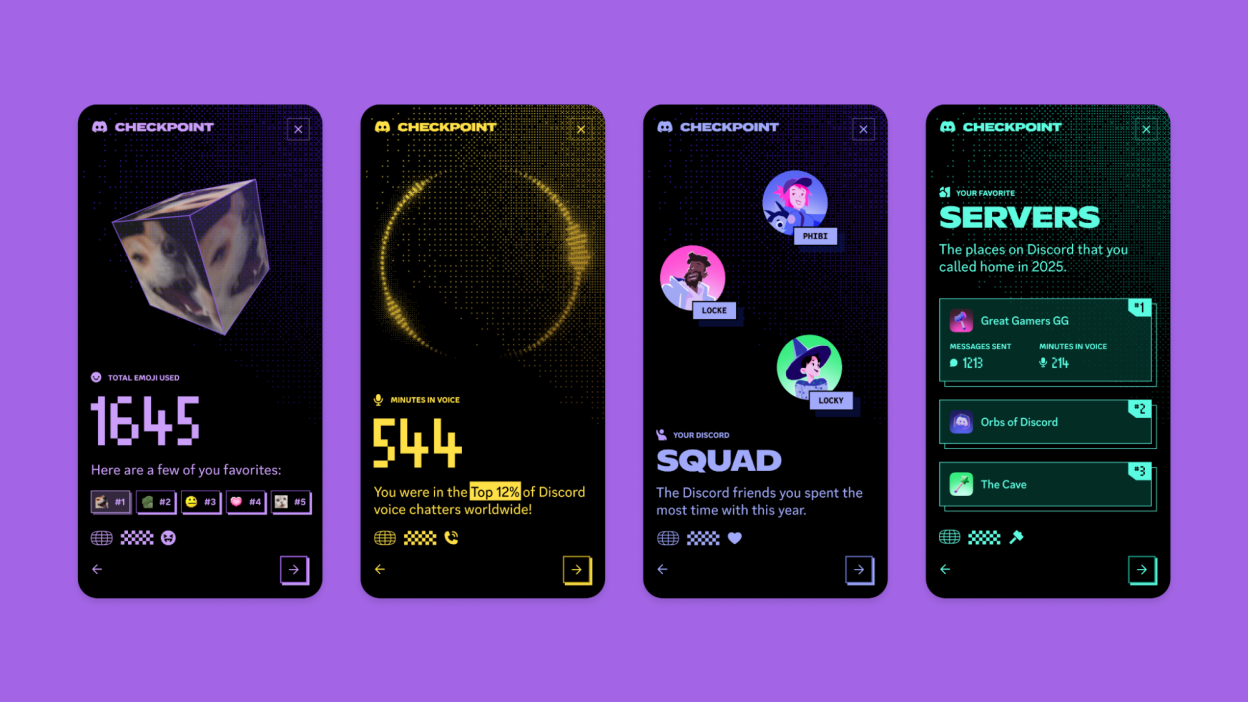



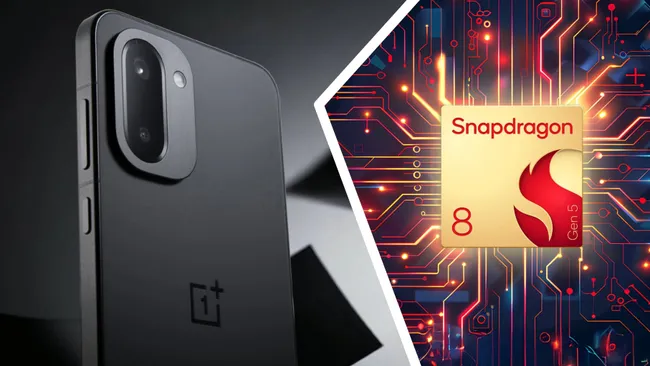

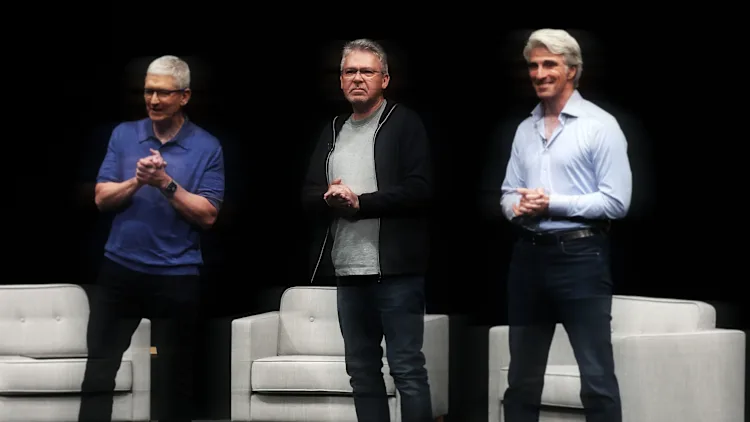




Leave a Reply